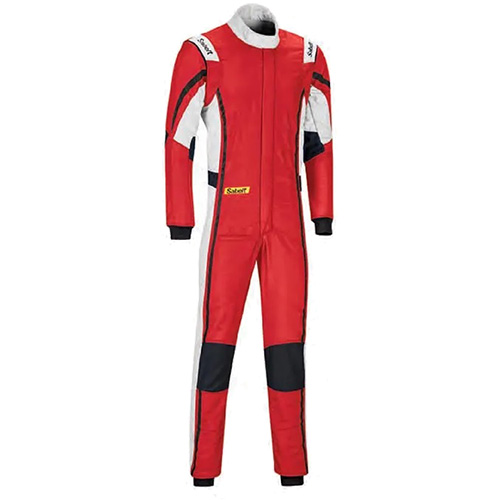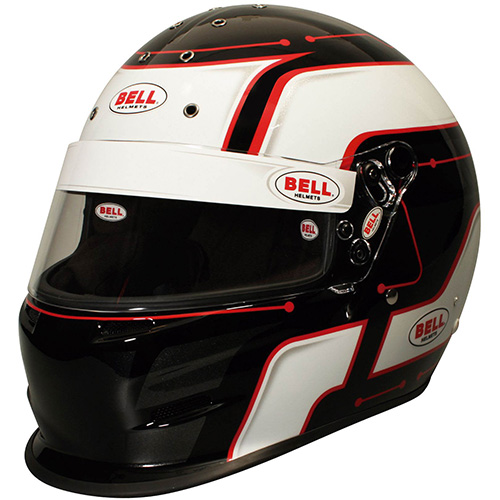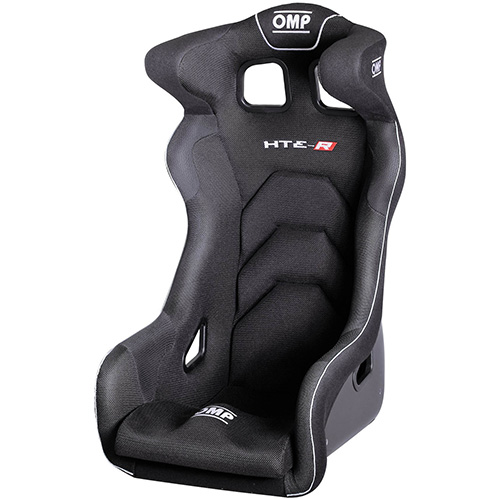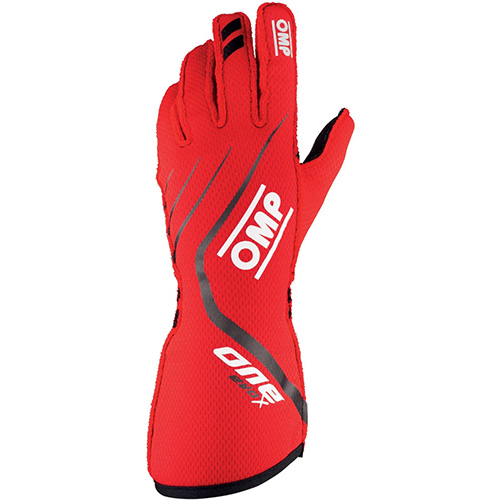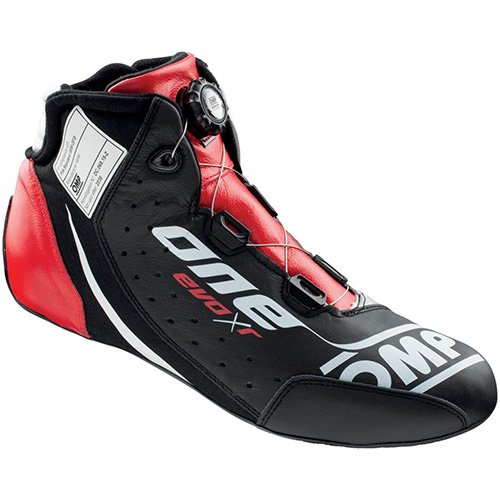Driven: 2010 Nissan 370Z Roadster
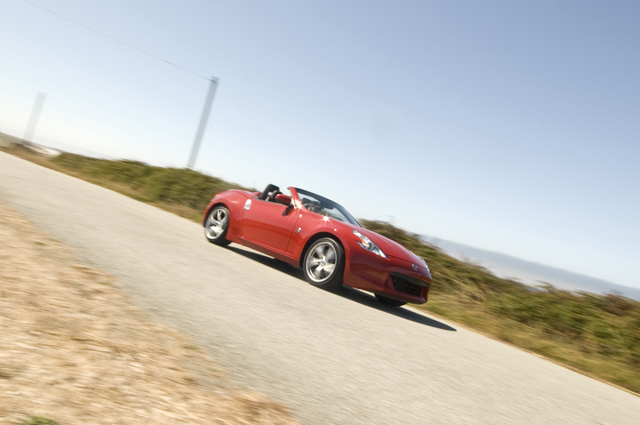
—San Jose, California
Creating a really good convertible is tricky business, especially when the coupe or sedan it’s based on is such a strong, well-liked car. Simply lobbing the roof off causes a whole host of rigidity and stiffness problems—not to mention design dilemmas—and if these issues aren’t properly addressed, the new-found droptop might just be a big mess. The Infiniti G37, for example, is one of our favorite sport coupes, but in its cabriolet guise, the chassis proves to be a bit more flexible than we’d like. Don’t even get us started on worse offenders like the Chrysler Sebring and Toyota Solara.
But then there’s the Nissan Z. In its last-generation, the 350Z Coupe was praised by both the press and public, but we never quite warmed up to the roadster as much. By cutting off the roof, the key things we loved about the 350—its poise, its thrill, it’s style (more on that in a minute)—were deadened by the roadster’s added weight and lack of added stiffness. Bah, humbug! Nissan made it very clear that the new Z Roadster would be a big departure from the last car, especially since the 370 Coupe was designed and engineered with the droptop in mind. We were told, “It’ll be exactly like driving the coupe—sans the roof, of course.”

Even before we had the chance to go out and drive the car, Nissan bombarded us with numbers and facts about how they’ve worked so hard to make the Z Roadster’s driving feel more akin to the hardtop. Versus the 350, the new car’s body stiffness enhancements are impressive. Front body torsion is up by 40 percent, rear torsion by 45; and body lateral bending stiffness is up by 10 percent, and 60 percent, respectively. What’s more, all of this was done in a way that still saves weight—the 370 Roadster is actually 150 pounds lighter than the outgoing 350.
And then there’s the style. It’s no big secret that the 350Z Roadster looks painfully tragic with the top up, and even with the top removed, the lines just didn’t do it for us. The long, flat back end and oddly shaped butt were not really fitting for the sexy Z line. The new car, however, is really pretty. Nissan moved the latching point for the roof more towards the rear, which gives the car a more coupe-like shape with the top up. On top of that, the Z’s hind quarters have a nice arch, and when combined with the wide stance and flared-our rear wheel wells, it looks very good.
So, the styling has been fixed, and the dynamics look good on paper—you can only imagine our excitement to put this baby through its paces.

Our syllabus of activities involved maneuvering the 370 through some of mid-California’s finest mountain roads and then shooting down the Pacific Coast Highway. We pummeled our way through the forests in a fashion that the Z would be accustomed to, running through second, third, and fourth gears; chirping a tire every once in a while on a particularly tight bend. It is on these roads that chassis flexibility really shows itself, and the 370Z Roadster was nothing short of solid through and through. The added weight of the convertible (about 200 pounds over the coupe) never made the car feel portly or hard to maneuver through the tough turns, and because most of this added weight falls just behind the driver compartment, the go-wheels have a bit more stability built on top of them. There’s much less of a tendency for the back end to come out when you’re really pushing the car through a corner, but the rear wheels are still lively and eager to spin when provoked, especially with the traction control turned off. This car really hugs corners in a way that Z Coupe drivers will appreciate. It’s not skittish or unwilling to be pushed hard, the wide track and sticky tires make for lots of available grip, and though the suspension is a bit stiff over rough pavement, its bedroom antics through the twisties are confident, playful, and downright fun.
All of the standard 370Z characteristics are still on hand. The engine loves to rev high in order to get the full 332 horsepower sent to the back tires, but we still think the mill sounds a bit coarse in the upper range of each gear. However, having an open roof allows us to better hear the exhaust note, and it’s a very pleasing sound. The turning is crisp and gives the driver a good feeling of confidence. The wheel itself is easy to shuffle—a Godsend on our drive where we literally had no time to straighten out the wheel before the next tight bend approached—and the front/side sight lines are good. We like the low-sunk yet high-feeling driver position, as it allows us to see nearly all the way down the Z’s snout, and the windshield top is high enough that the A-pillar was never directly in our line of view. (Your author, only measuring up at five feet, seven inches, rarely encounters this problem. Thankfully, Nissan invited plenty of Sasquatch journalists to act as co-drivers, and they didn’t whine too much.)
The one fault that comes up each and every time we talk about the 370Z is the awful tire noise at speed. Sure, it’s a bit more muffled in the case of the roadster, since top-down driving allows for a whole ‘nother slew of sounds to pour into the cabin; but the tire harshness is still there. The worst part, too, is when you are forced to drive with the roof in place—there’s quite a bit of wind noise inside the cabin (as is expected with most convertibles), and combined with the tires, it gets very loud. You’ll have to use your outdoor voice to talk with your passenger.

But let’s talk about that roof for a minute. It’s a fully automatic operation—no latches or levers, and the top is neatly stowed in just under twenty seconds. In addition, Nissan ditched the vinyl for 2010 and the new cloth top is made out of honest-to-goodness fabric, giving it a much more upscale appearance.
Interior amenities are nothing too drastically different from the coupe, save the perforated leather seats (available on Touring models) with optional heating and cooling. Like the coupe, storage space is extremely lacking, but the Z’s interior proves to be a rather nice place to spend time.
In the end, the little differences between the 370Z Roadster and Coupe are so minimal that it isn’t worth grinding your teeth over. And because these two cars are so similar, consumers must remember that the roadster isn’t going to be the toned-down, relaxed version of a sports car like other examples in the marketplace. It’s hardcore, loud, stiff, but that’s all okay with us. Nissan has built a very strong sports coupe, and for an additional $7000 ($36,970 starting price), a wonderful roadster. It’s safe to buy a sporting convertible again—with the 370Z, there’s no sacrifice.
2010 NISSAN 370Z ROADSTER
Engine: V-6, 3.7 liters, 24v
Output: 332 hp/270 lb-ft
Transmission: Six-speed manual
0-60 MPH: 5.2 seconds (estimated)
Top speed: 155 mph (electronically limited)
Weight: 3497 lb
Base price: $36,970
Price as tested: $40,520
